Surrealism as feminist resistance: artists against fascism in Leeds
‘The Traumatic Surreal’ at the Henry Moore Institute, unpacks the generational trauma left by Nazism for postwar women
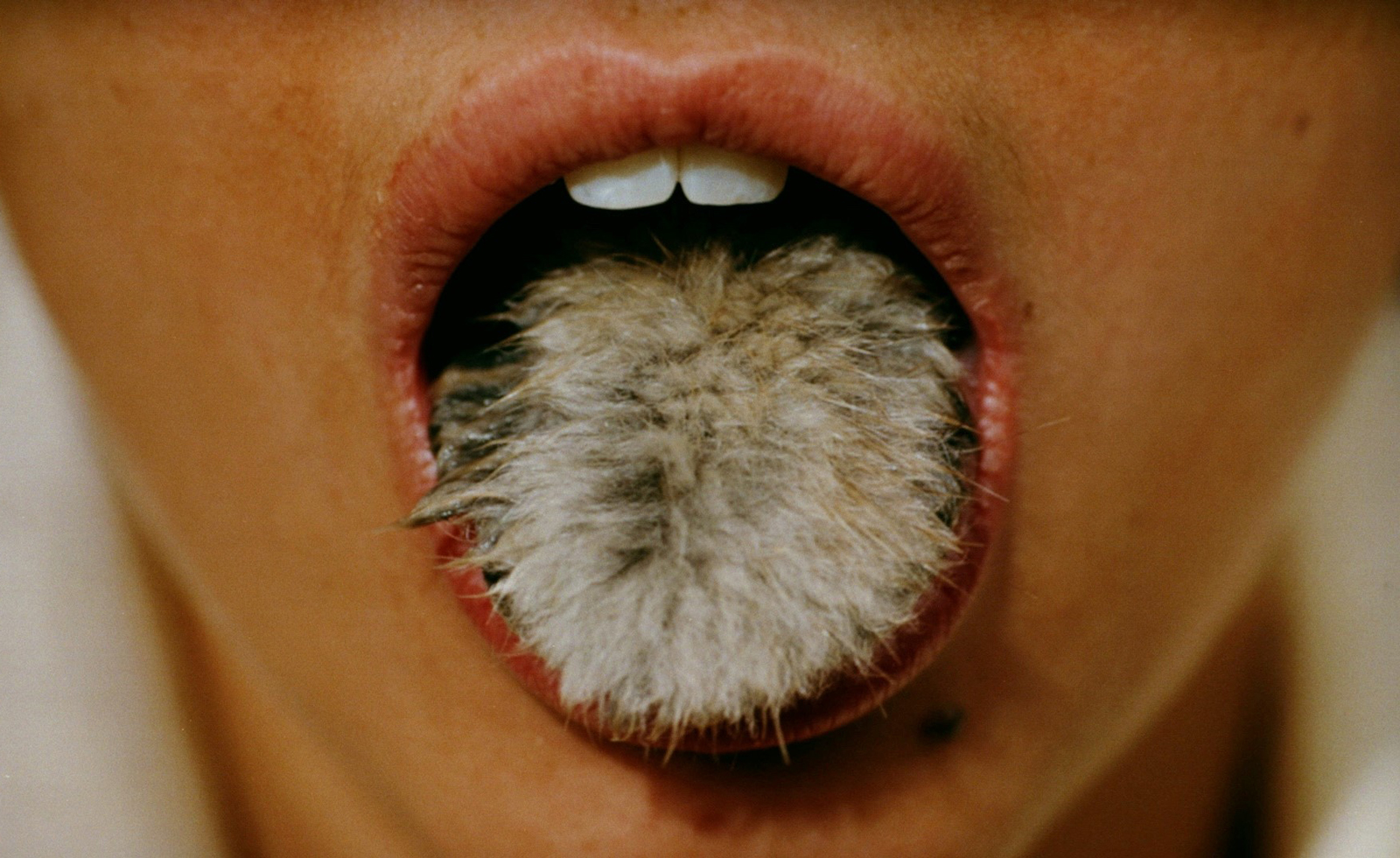
How can surrealism be reimagined as feminist resistance? This is the question that drives ‘The Traumatic Surreal’ at the Henry Moore Institute, an exhibition that unpacks the generational trauma left by Nazism for postwar women. Drawing on co-curator Patricia Allmer’s book of the same name, it features work by Germanophone artists who use surrealist sculptural traditions to challenge the Nazi credo of Kinder, Kirche, Küche (Children, Church, Kitchen). Under a regime that enforced women’s subjugation to domesticity, cages – both literal and figurative – severed tails, blades, feathers, and hair recur throughout.
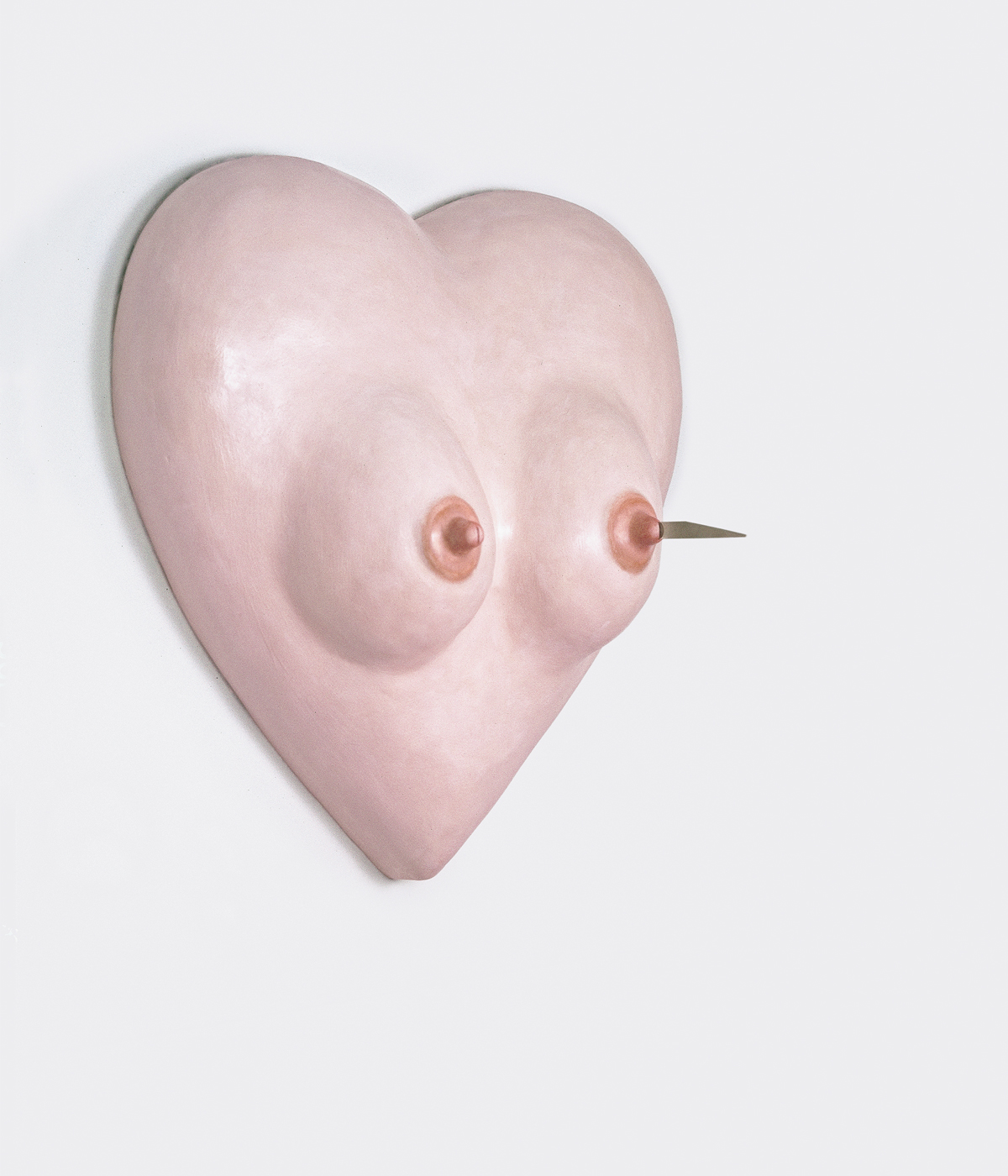
Renate Bertlmann, Ex Voto 1985
Coinciding with the centenary of the Surrealist Manifesto, ‘The Traumatic Surreal’ also critiques the sexist leanings of surrealist art: eroticising women and infantilising them, too. In 1924, poet André Breton lamented the formal constraints of realism and rationality, urging artists and writers to explore dreams, hallucinations, and unfiltered thought instead. The resulting art gave us mirage-like landscapes and dripping clocks, elevating figures like Salvador Dalí and René Magritte to household names. But even ostensibly ‘radical’ surrealists were no less prone to violent depictions of the female body – think of Hans Bellmer’s dismembered dolls and Helmut Newton’s sadist images.
Taking this as their cue, the artists featured here reappropriate the movement’s shock tactics of fragmenting femininity into eroticised part-objects – lips, feet, and hands. Take, for instance, Renate Bertlmann’s Carmen - enfant terrible (2001): a bright red fabric and Perspex sculpture complete with a pink Godemiche dildo. Looking at Ex Voto (1985) – a pair of heart-shaped breasts – head-on, this view conceals a blade protruding from the nipple. The kitsch quality of Bertlmann’s sculptures is also echoed by Ursula’s Pandora’s Large Cabinet (1966), a carnivalesque display of colour and furs from a coat that belonged to the artist’s mother.
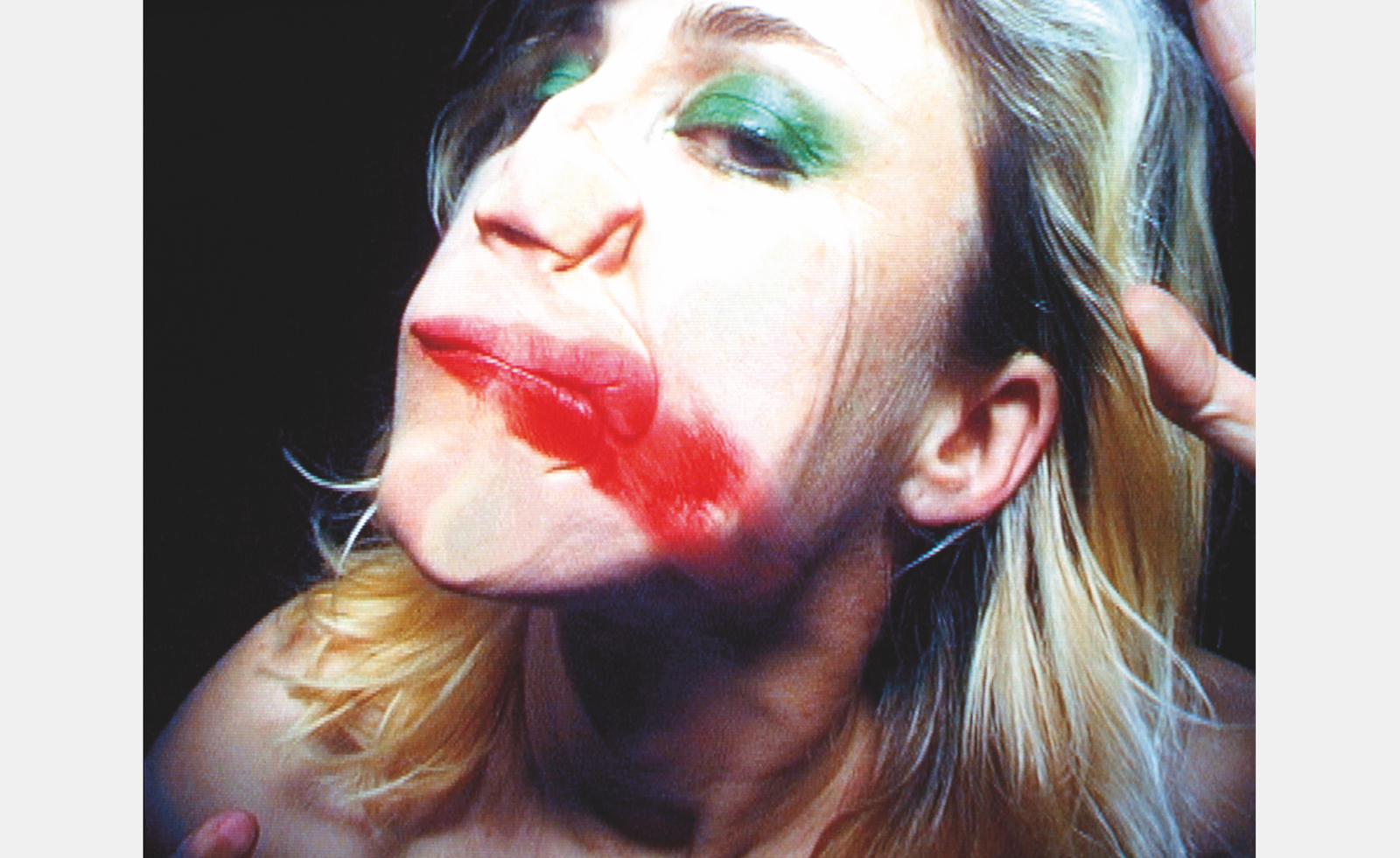
Pipilotti Rist, Open My Glade (Flatten), 2000, video installation by Pipilotti Rist (video still)
Early surrealist objects often juxtaposed pieces associated with femininity, such as domestic items (irons, spoons), or clothing (shoes, gloves). Combining these objects and obfuscating them of their original meaning, it’s this process of ‘collocation’ that is key for Allmer. Meret Oppenheim’s severed squirrel tail in the beer glass contrasts the soft femininity of the fur with the firm masculinity of the glass. Elsewhere, Eva Wipf’s gilded shrine gestures to her own Catholic heritage, filled with allusions to Klimt’s Tree of Life and several pilgrimage shrines.
A fitting opener to the show, Bady Minck’s dark, avant-garde short film, La belle est la bête (2005), begins with a shot of a furry tongue. Like fascism’s eroticised fantasies of women, fascism’s fetishisation of animal qualities are likewise rooted in ideas of power and submission. Collectively these sculptures, with their raw and monstrous femininity, show the transgressive power of art – and surrealism – as a dialectic for bodily freedom. Here, the monster isn’t just something to fear; it’s a way to challenge taboos about the body, turning disruption and undoing into a creative act. As Allmer points out, feminist protests in Germany have always been, at their core, acts of resistance against fascism.
‘The Traumatic Surreal’ is at the Henry Moore Institute, Leeds, until 16 March 2025
Receive our daily digest of inspiration, escapism and design stories from around the world direct to your inbox.
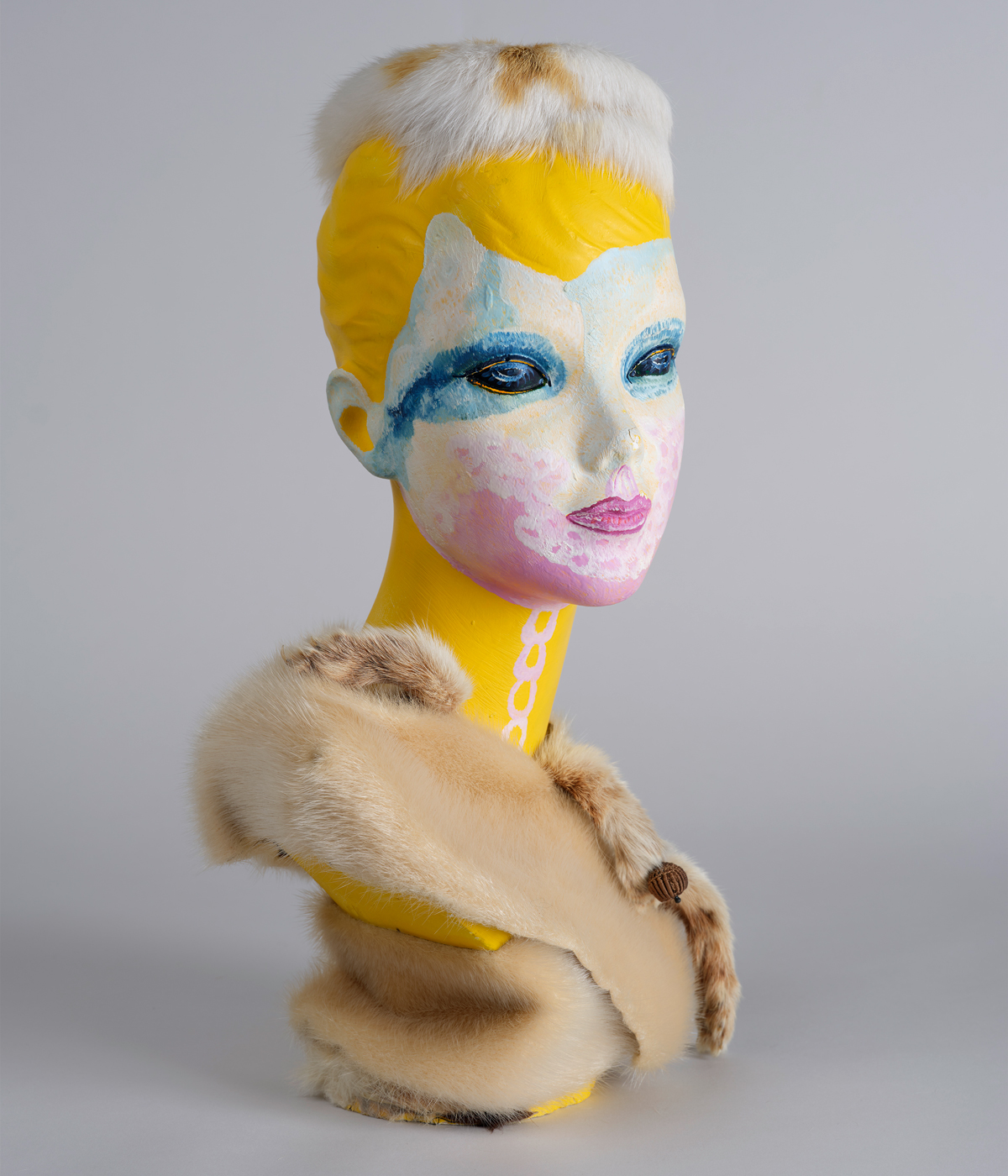
Ursula, Kopfobjekt / Head Object 1971 Oil on polyester resin, fur. Courtesy Museum Ludwig. Photo: © Rheinischem Bildarchiv Cologne rheinisches-bildarchiv.de
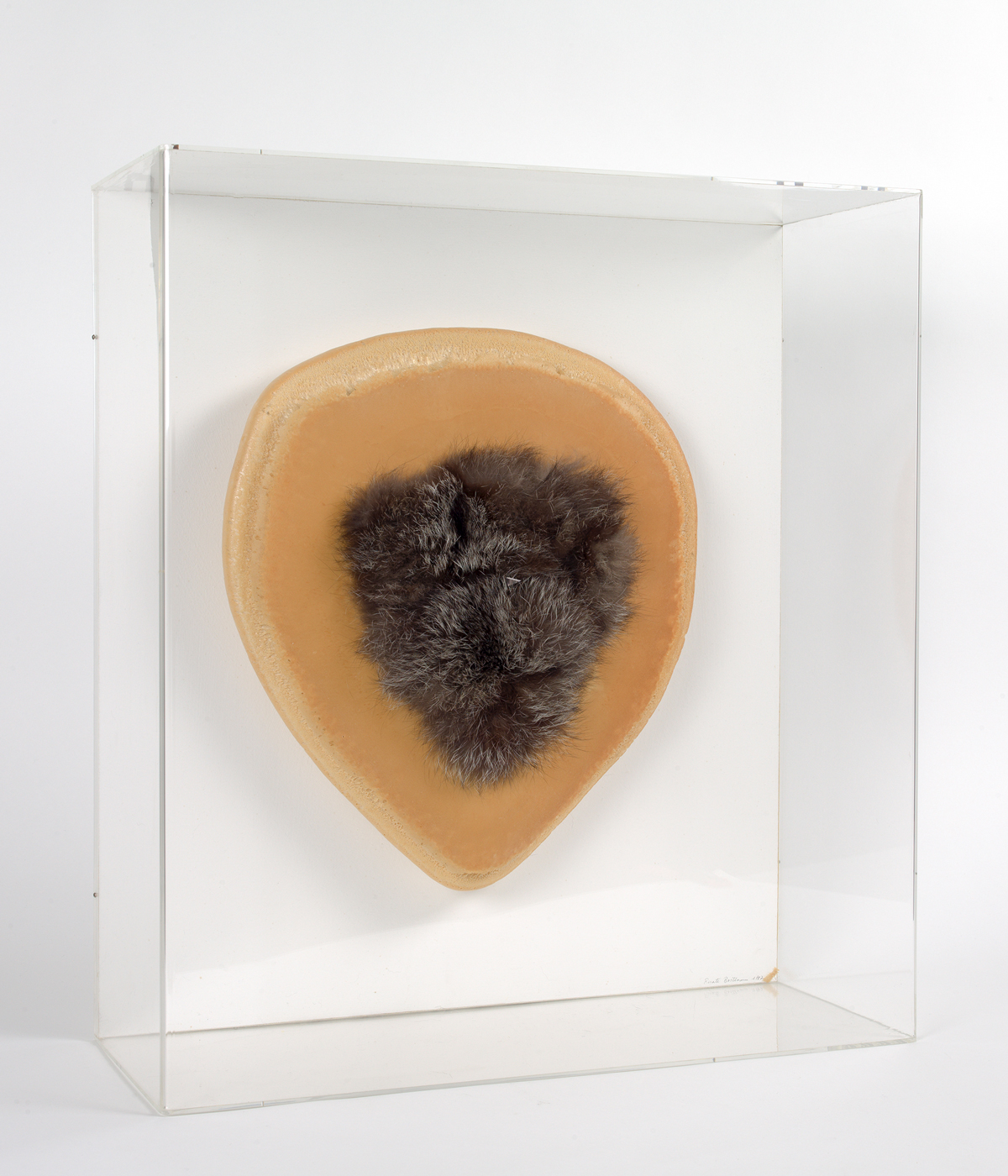
Renate Bertlmann, Fellherz mit Messer / Fur Heart with Knife 1987 © Renate Bertlmann / Bildrecht Vienna / DACS 2024
Katie Tobin is a culture writer and a PhD candidate in English at the University in Durham. She is also a former lecturer in English and Philosophy.
-
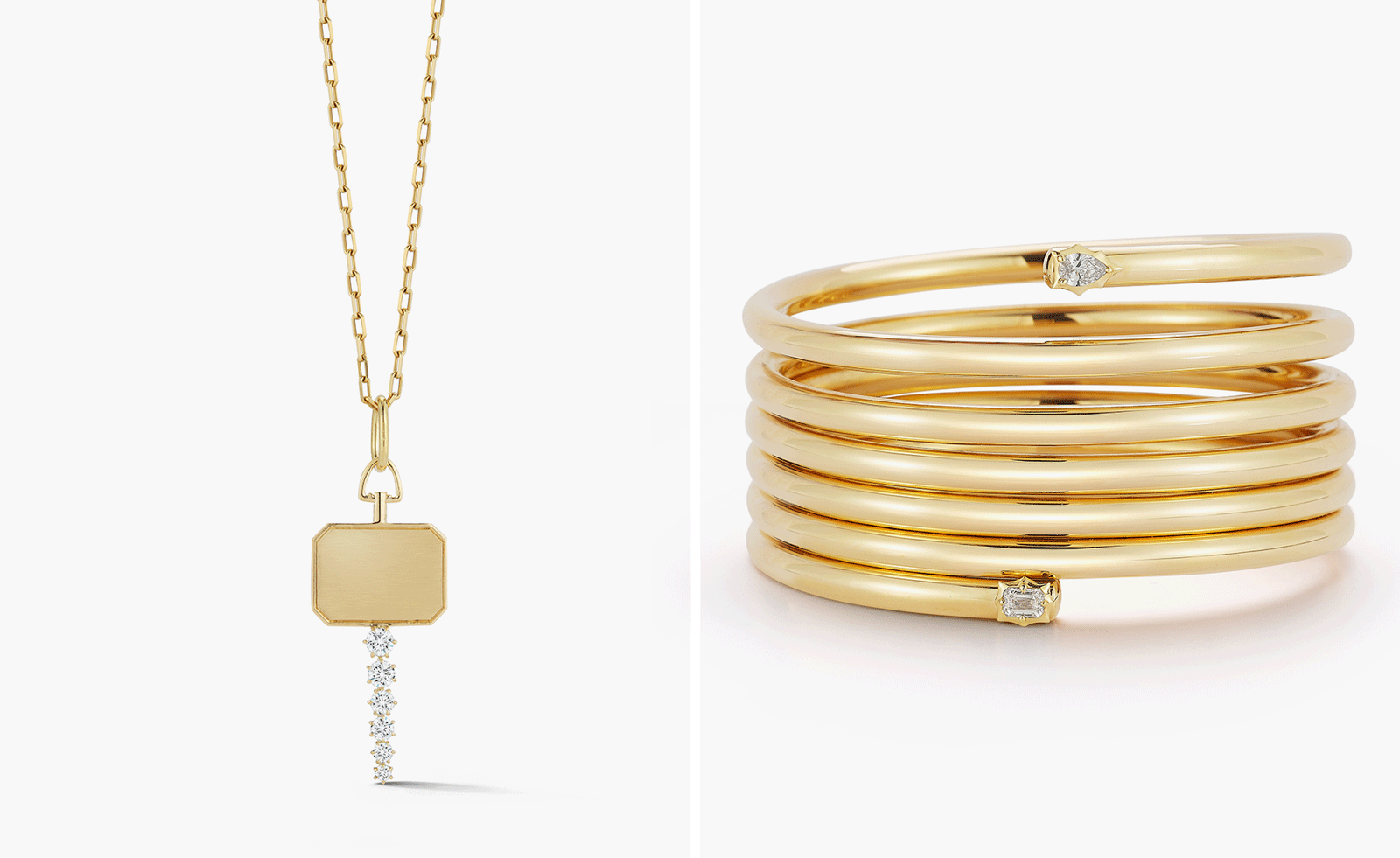 New York cool meets vintage glamour in Jade Trau's gold and platinum jewellery
New York cool meets vintage glamour in Jade Trau's gold and platinum jewelleryJade Trau looks to past eras to bring a design frisson to her chunky gold jewellery
-
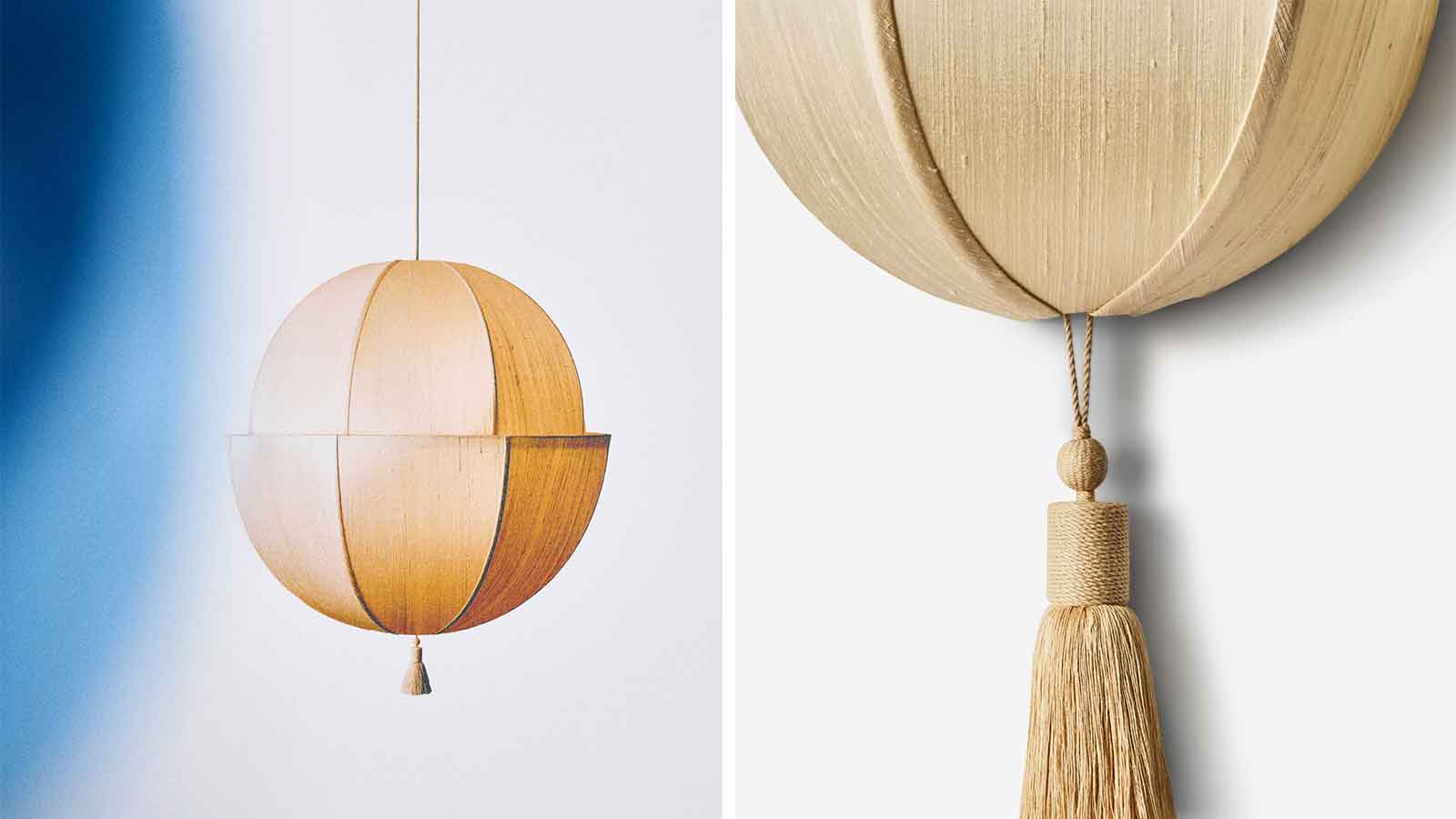 Workstead's lanterns combine the richness of silk with a warm glow
Workstead's lanterns combine the richness of silk with a warm glowAn otherworldly lamp collection, the Lantern series by Workstead features raw silk shades and nostalgic silhouettes in three designs
-
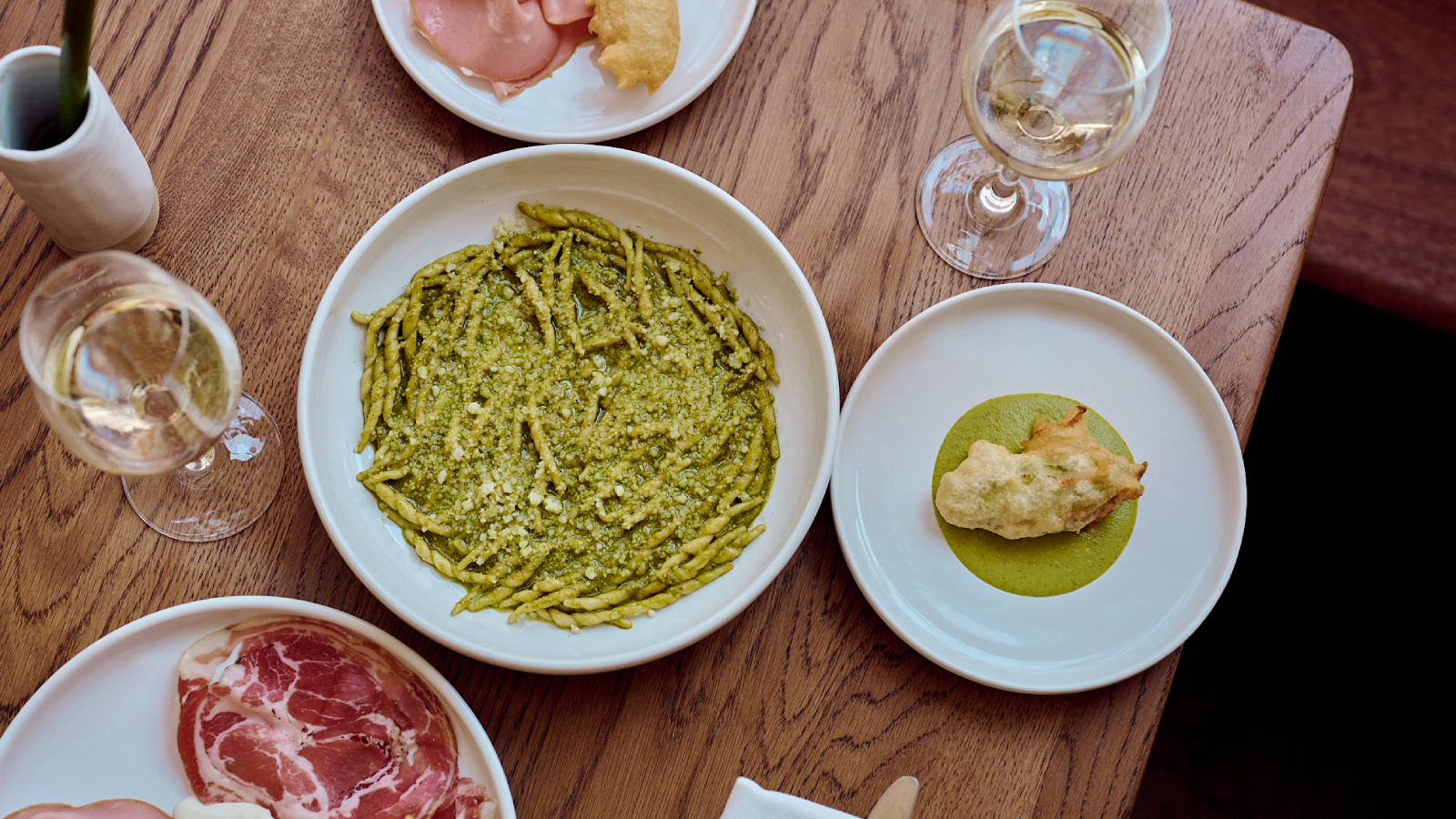 Head to Lupa for a taste of Rome in the heart of Highbury
Head to Lupa for a taste of Rome in the heart of HighburyEd Templeton, Theo James and Naz Hassan unveil an intimate 28-seat restaurant that balances a cosy, candlelit atmosphere with Roman-style dining
-
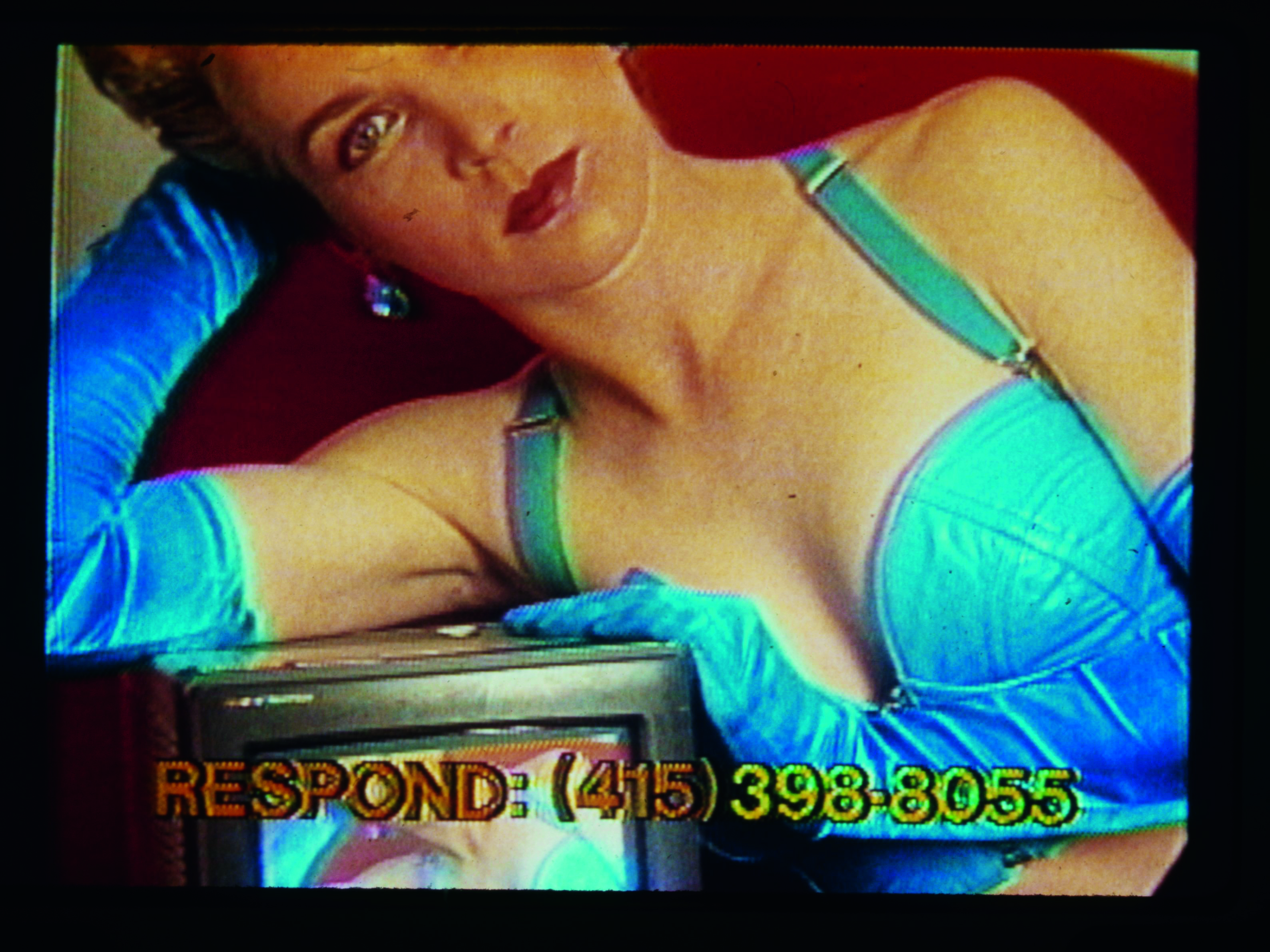 Thirty-five years after its creation, Lynn Hershman Leeson’s seminal video is as poignant as ever
Thirty-five years after its creation, Lynn Hershman Leeson’s seminal video is as poignant as everLynn Hershman Leeson’s 'Desire Inc', at 243 Luz in Margate, blurs the boundaries between art and reality
-
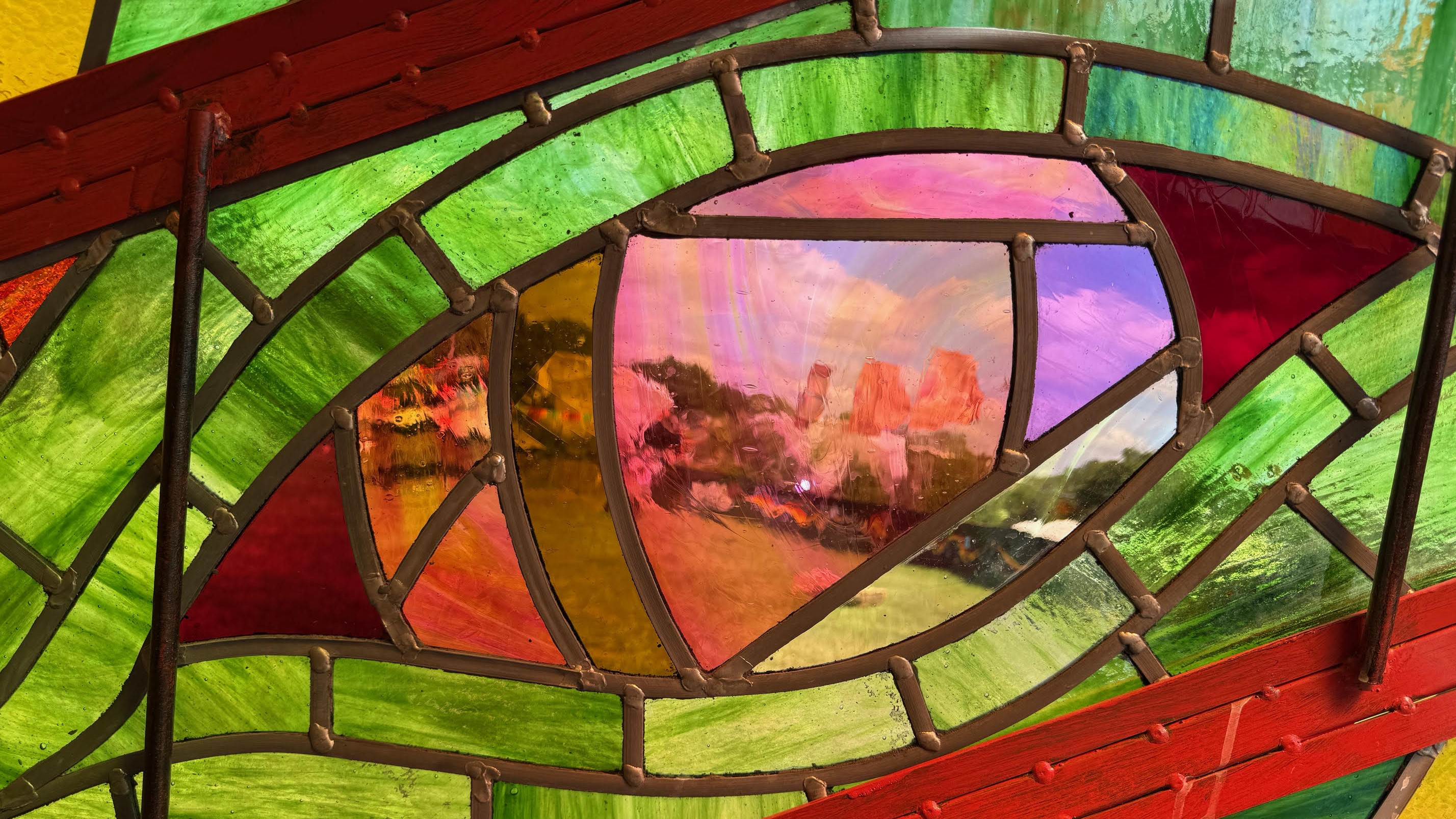 A bespoke 40m mixed-media dragon is the centrepiece of Glastonbury’s new chill-out area
A bespoke 40m mixed-media dragon is the centrepiece of Glastonbury’s new chill-out areaNew for 2025 is Dragon's Tail – a space to offer some calm within Glastonbury’s late-night area with artwork by Edgar Phillips at its heart
-
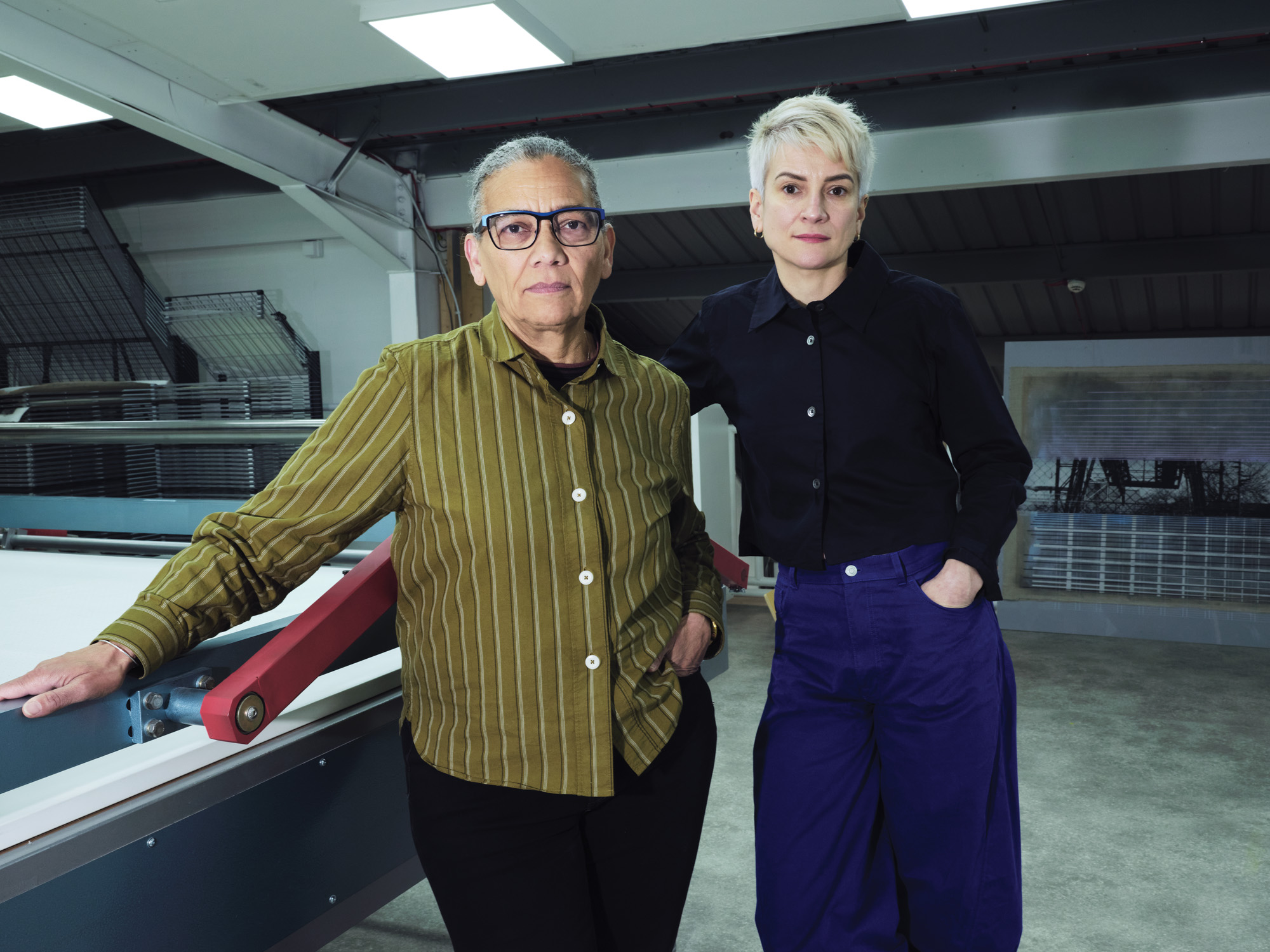 Lubaina Himid and Magda Stawarska’s new show at Kettle’s Yard will uncover the missing narratives in everyday life stories
Lubaina Himid and Magda Stawarska’s new show at Kettle’s Yard will uncover the missing narratives in everyday life storiesThe artists and partners in life are collaborating on an immersive takeover of Kettle’s Yard, Cambridge, in an exhibition that delves into a lost literary legacy
-
 See the fruits of Niki de Saint Phalle and Jean Tinguely's creative and romantic union at Hauser & Wirth Somerset
See the fruits of Niki de Saint Phalle and Jean Tinguely's creative and romantic union at Hauser & Wirth SomersetAn intimate exhibition at Hauser & Wirth Somerset explores three decades of a creative partnership
-
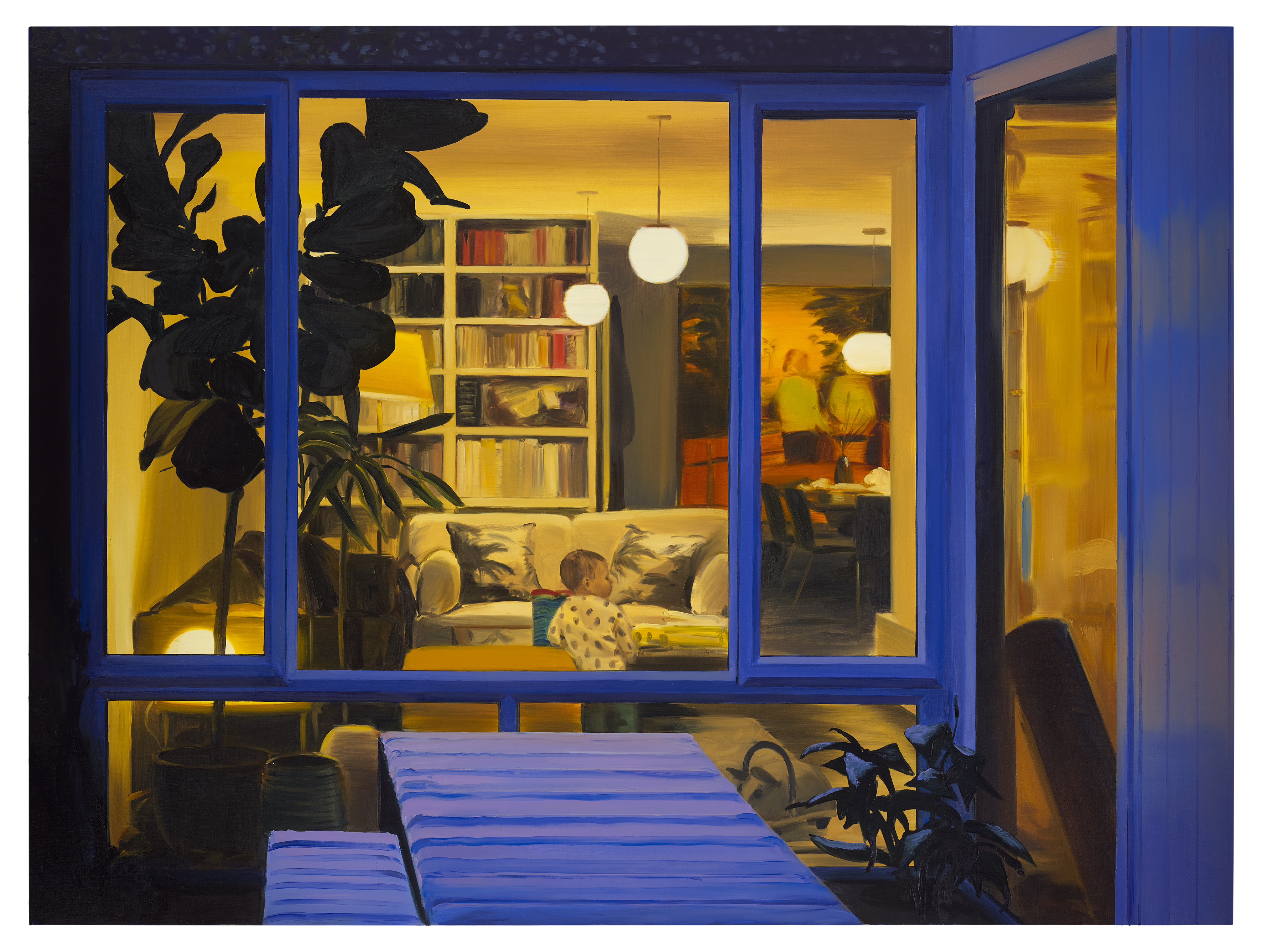 Caroline Walker's new show speaks to women everywhere, including me
Caroline Walker's new show speaks to women everywhere, including me'Everything related to my life with young children, because it's such an all encompassing experience,' the artist says of her new show at the Hepworth Wakefield
-
 Cassi Namoda is rethinking stained-glass windows at Turner Contemporary in Margate
Cassi Namoda is rethinking stained-glass windows at Turner Contemporary in MargateThe artist drew from an eclectic range of references when considering the traditional medium for a Turner Contemporary window overlooking the beach – she tells us more
-
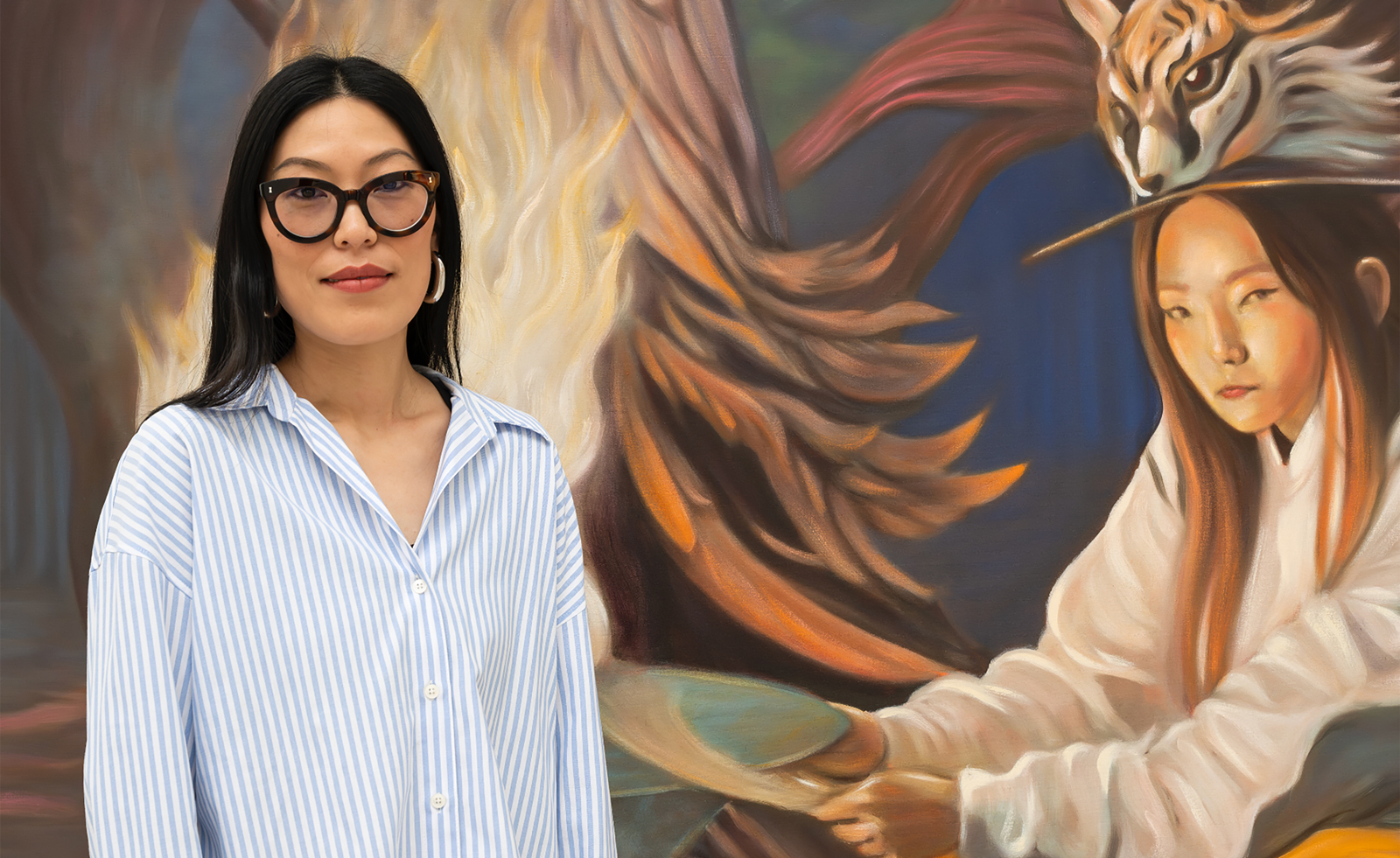 Meet the Turner Prize 2025 shortlisted artists
Meet the Turner Prize 2025 shortlisted artistsNnena Kalu, Rene Matić, Mohammed Sami and Zadie Xa are in the running for the Turner Prize 2025 – here they are with their work
-
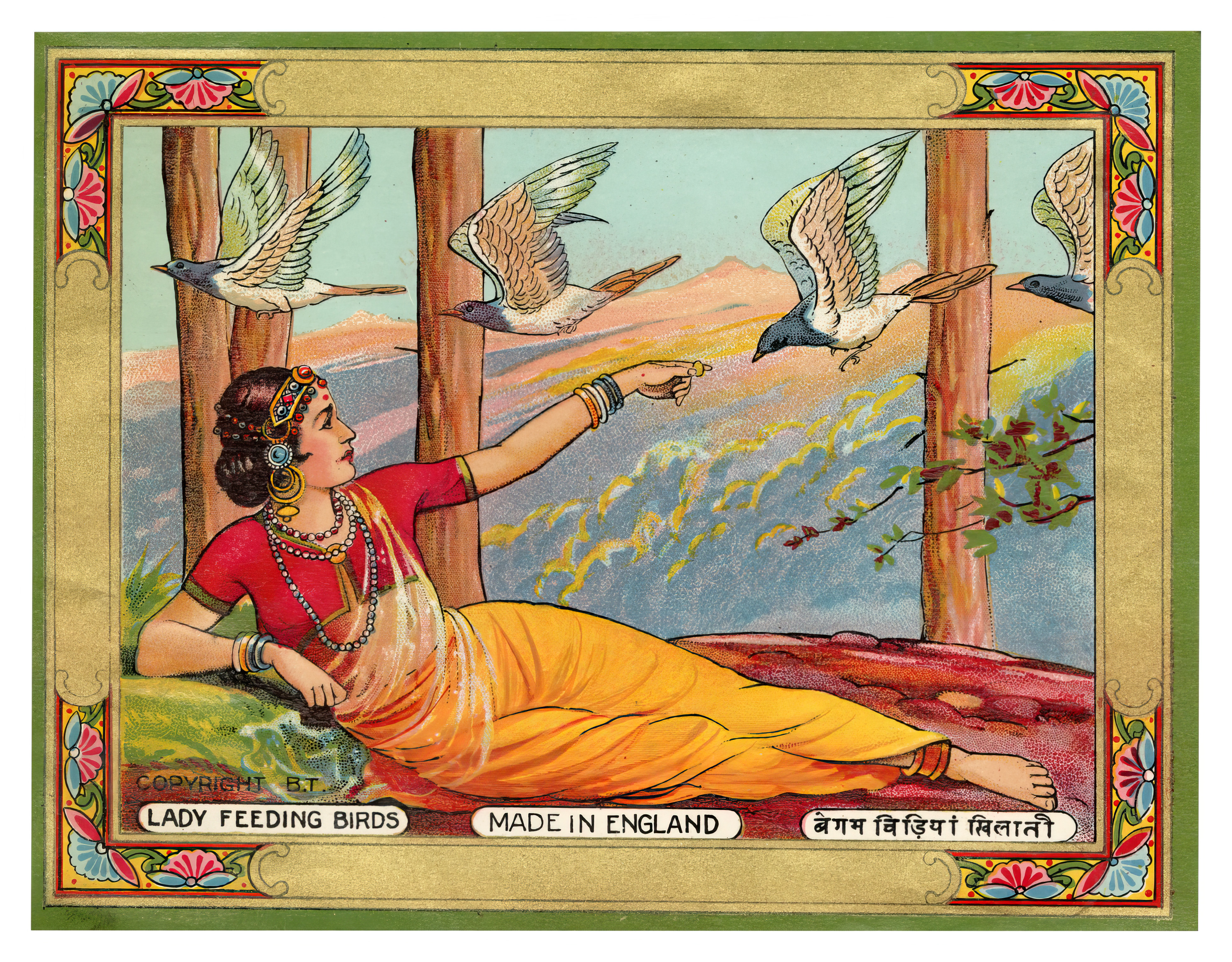 The art of the textile label: how British mill-made cloth sold itself to Indian buyers
The art of the textile label: how British mill-made cloth sold itself to Indian buyersAn exhibition of Indo-British textile labels at the Museum of Art & Photography (MAP) in Bengaluru is a journey through colonial desire and the design of mass persuasion